If you’re like me, you love eating your own, freshly picked peppers. I love growing them, buying them at stores, and putting them in almost everything I cook. But what about preserving fresh peppers?
In this article, I’ll share 5 methods of storing peppers for the long term. There are a number of factors that may impact which method you choose, but the most important things are shelf life of each method, and how difficult is it to do. So, I’ve included ratings for these for each method.
Skip ahead:
- Pickling
- Freezing
- Dehydrating (drying for powder/flakes)
- Hot Sauce
- Olive Oil
Pickling
Storage: 1 month – 1 year | Difficulty: Medium | Read our full guide >
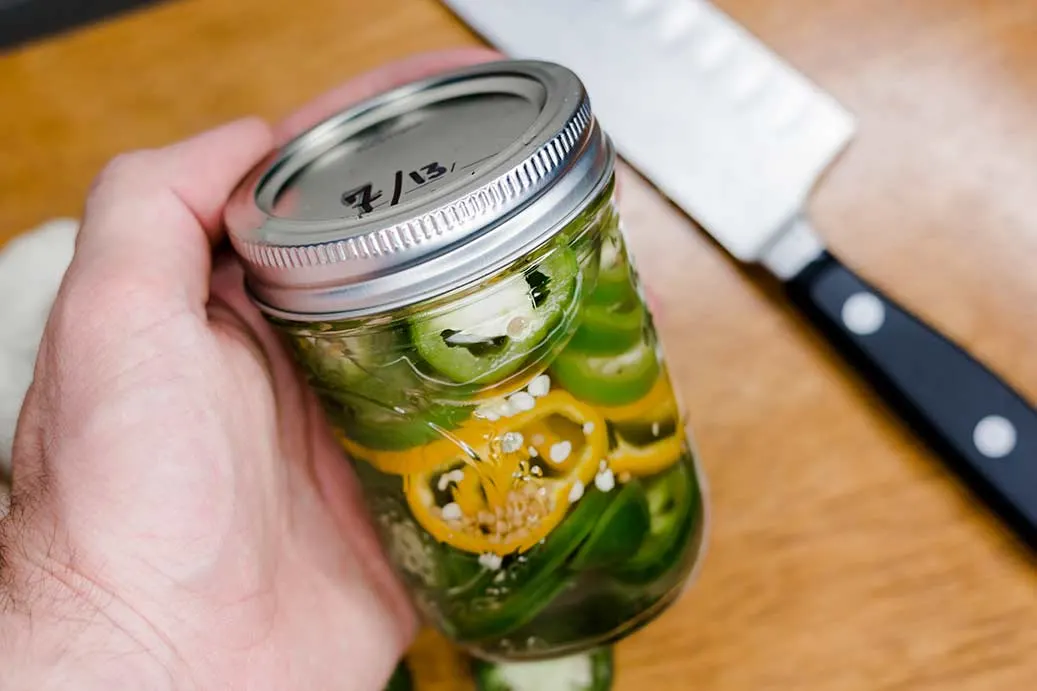
Hands down, pickling is my favorite way of storing peppers. Pickled hot peppers can last a very long time, and they are delicious for snacking or adding to meals. The process of pickling peppers is also very simple. All you need are some basic ingredients and a few glass mason jars.
We wrote an in depth guide to pickling peppers here if you want to learn how to do it from start to finish. For now, this is the basic process:
- Wash and dry the peppers
- Slice them in the desired shape (we like rounds for jalapeños)
- Create a brine (1:1 ratio of white vinegar to water, plus herbs, sliced garlic, and spices)
- Boil the brine and pour over the sliced peppers in a glass jar
- Seal, cool to room temperature, and refrigerate
This method is also known as “quick pickling,” and the peppers will last anywhere from 1-2 months stored in the refrigerator. After this time, the peppers may soften and become less appetizing.
For storing at room temperature or for longer, you will have to use more vinegar, and ideally, the waterbath method. This involves boiling (processing) the cans in a large pot for at least 15 minutes, killing off potentially harmful bacteria. This method will allow you to store your peppers out of the refrigerator for up to 1 year.
Freezing
Storage: 1 year | Difficulty: Easy | Read our full guide >
Freezing your
The process is simple and straightforward and will keep almost all of the flavor, heat, and nutritional value of the original peppers. It also retains all of the original heat of spicy peppers!
For freezing hot peppers, you can simply freeze the peppers whole using these steps:
- Wash and thoroughly dry the peppers
- Remove the stems
- Place peppers in freeze bags
- Remove as much air as possible
- Seal and freeze for up to 1 year (ideally at or below 0°F)
If you are freezing larger peppers, like bell peppers or banana peppers, you may want to slice and flash-freeze the peppers first. This is an optional step, but it can help save room in your freezer.
For the longest lifespan, I highly recommend using a vacuum sealer. These suck out all of the air around the peppers, and make a perfect seal, shielding your peppers from freezer burn. We still have peppers from over 1 year ago that still taste delicious and fresh!
Make Jelly
Storage: 3 weeks| Difficulty: Hard | Read our full guide >
Hot pepper jelly is delicious. The combination of sweet and spicy is a match made in heaven. Perfect for smearing on cheese and crackers, grilled meats, and even bacon.

Making your own jelly can be a bit challenging, but it is worth the effort if you have a sweet tooth. The sugars help preserve the peppers, and will last a while in the refrigerator. Learn how to make pepper jelly here.
Dehydrating
Storage: 1+ year | Difficulty: Medium | Read our full guide >
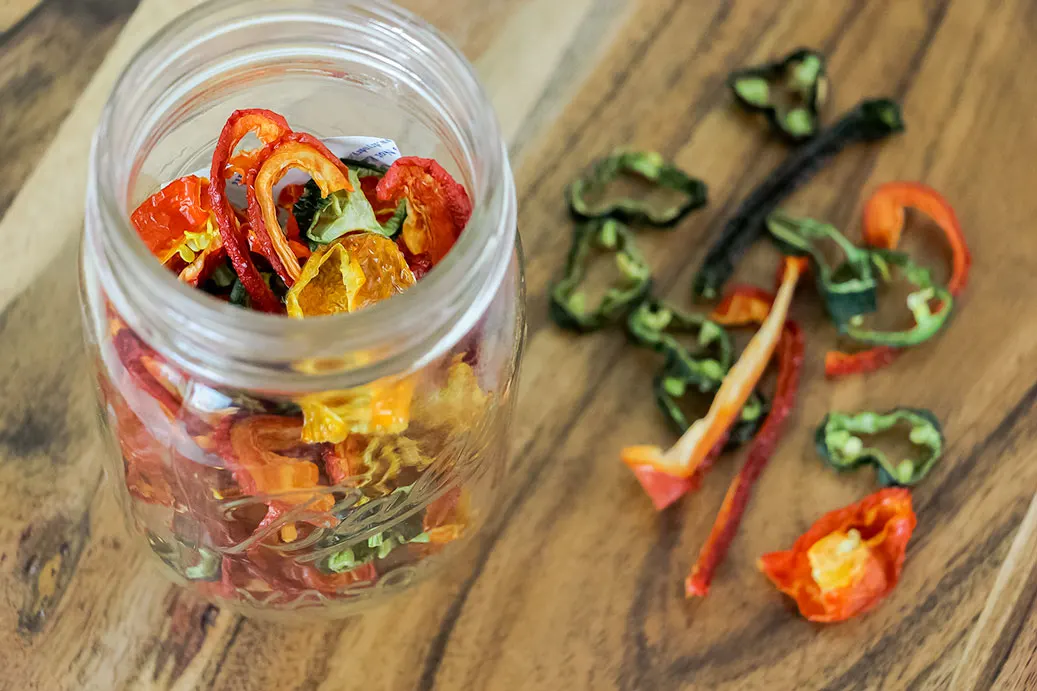
Another excellent method for preserving
How to dehydrate peppers
We love our 4- tray Excalibur dehydrator, as it has been simple and reliable for many years. There are also more affordable options with customizable temperature settings and plenty of tray space.
A dehydrator holds a consistent, warm temperature while also circulating dry air within the chamber. Your peppers are spread out on racks to allow the warm air to dry out the peppers evenly over a number of hours.
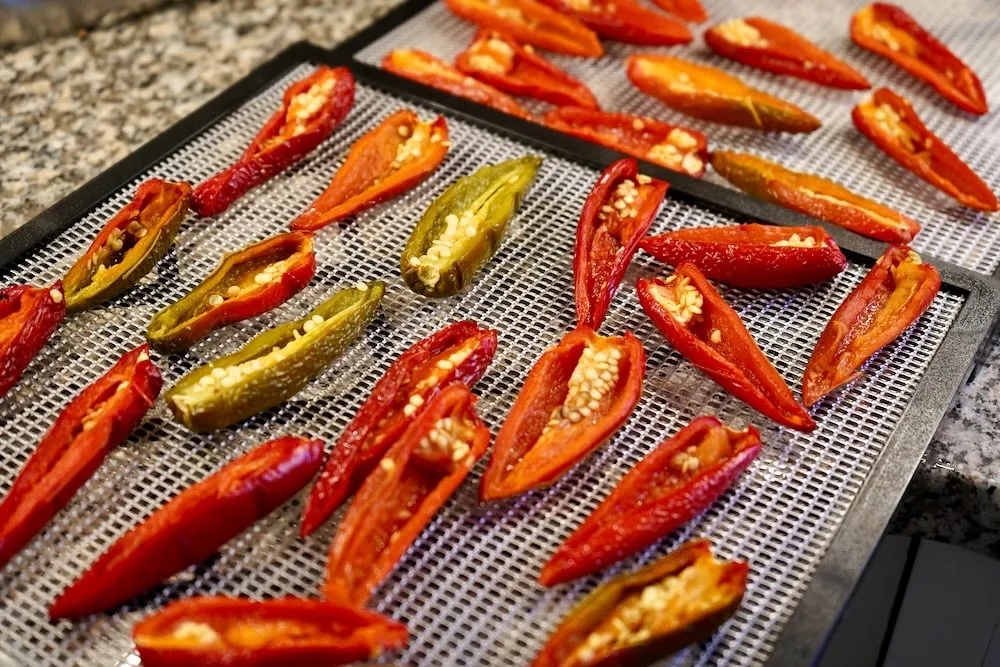
One alternate method for dehydrating peppers is to bake them at a very low temperature in an oven. This is not ideal because the peppers tend to cook slightly, taking away some of their original color and flavor.
A good temperature for dehydrating peppers is around 125°F (52°C), which is below what most ovens can maintain. Also, only some ovens have air circulation (convection), which is essential for a timely dehydration.
To learn more about drying peppers, read our article about dehydrating habanero peppers here.
How to store dehydrated peppers
Once your peppers are dried out (when the peppers are leathery or brittle and shrunken in size), you should store them properly. In order to do so, simply place them into and air-tight container and store in a cool, dark place.
For extra protection for long-term storage, place a food safe desiccant packet with the dried peppers to remove excess moisture. A pantry or cabinet will work well, or in the refrigerator. This will allow the dried peppers to stay good for up to 12 months.
Hot Sauce
Storage: 1-4 months | Difficulty: Medium | Simple Hot Sauce Recipe >
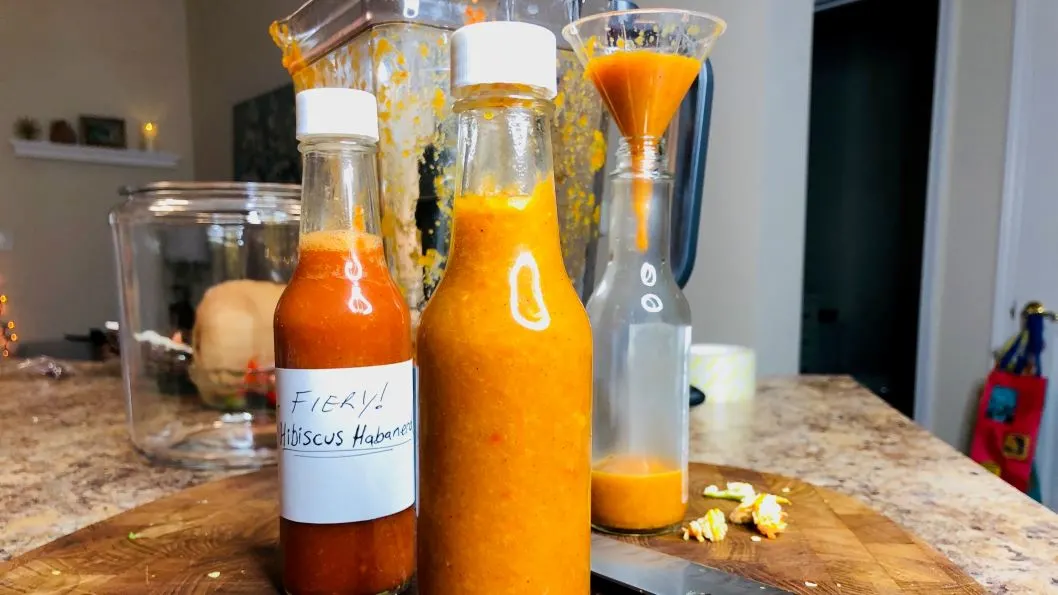
Making your own hot sauce may sound intimidating, but it can be very easy. If you have fresh peppers, you’re already halfway there! Some hot sauce recipes use as few as 3 or 4 ingredients.
By using vinegar, hot sauce has a low pH value (high acidity), keeping the sauce from spoiling. You can also ferment your peppers into an acidic mash, making vinegar less important to maintain a safe acidity.
How to make hot sauce
The basic formula for a homemade hot sauce is usually a combination of peppers, white or apple cider vinegar, spices, other fruits and vegetables, and salt. Making your own sauces can be a great way to experiment and create new flavors.
Basic steps:
- Clean and roughly chop peppers
- Blister the fresh produce in the oven or on a cast iron pan over medium-high heat (about 10-15 minutes)
- Add cooked ingredients to a blender
- Add liquid (2:1 vinegar to water ratio)
- Blend on high speed until desired consistency is reached
- If sauce is too thick, add a few tablespoons of vinegar at a time and blend until it is the right thickness
Tip: Save empty glass bottles from older hot sauces to use for making your own at home. Just be sure to sterilize the empty bottles by boiling in water for 10 minutes.
Recommended Ingredients to use in Hot Sauces:
- Peppers (habaneros, jalapeños, bell peppers, and ghost peppers are great)
- Garlic & onions
- Tropical fruits (pineapple, mango, peach, apricot)
- Apple cider (for sweetness)
- Cumin, turmeric, thyme, oregano
- Olive oil (for texture)
- Any other fruits and vegetables!
To get started, try our Fresno hot sauce recipe (just 7 ingredients).
Oil
Storage: 1 week | Difficulty: Easy
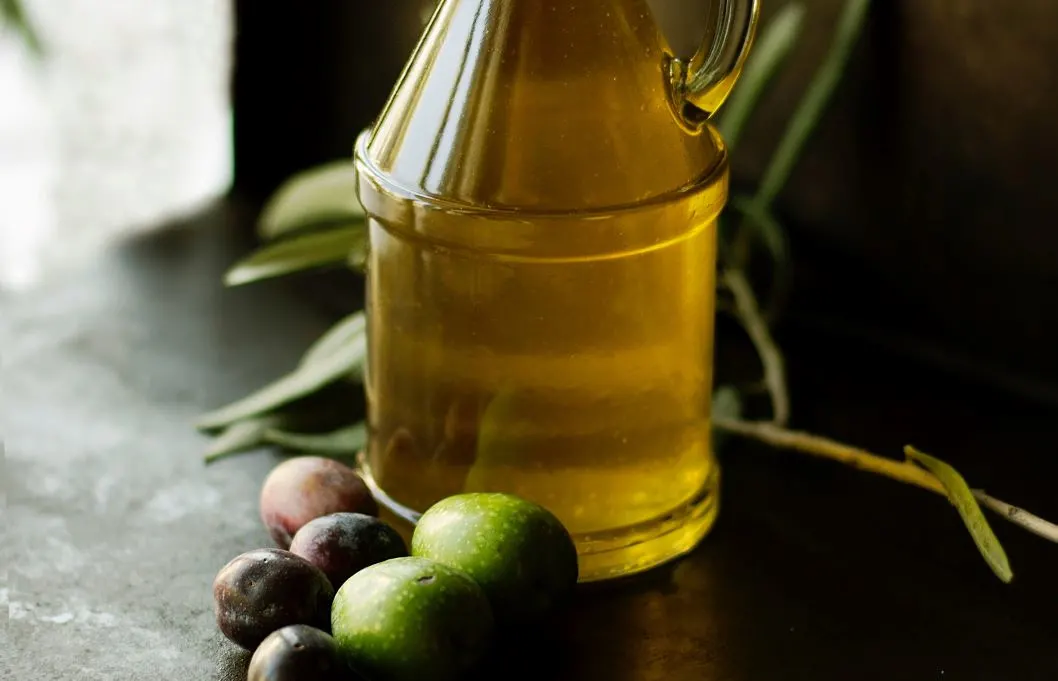
Aside from freezing, this method of using peppers is the easiest. All you need is a sealed container, olive oil, and an oven or grill.
Note: This is not a true preservation method! This type of pepper storage is only intended for the short term. Chillies in olive oil are only meant to be kept for up to 1 week in the refrigerator.
However, peppers in oil have delicious flavor and are great on sandwiches. Be safe and always discard any unused peppers after 1 week.
Here is the basic process for storing peppers in oil:
- Clean peppers
- Roast whole peppers on the top oven rack at 450°F (232°C) until skin begins to blacken and curl. Turn peppers regularly to avoid burning. Cook times vary from 5-15 minutes depending on the type of pepper. Full roasting guide here >
- Steam peppers for 10-15 minutes. Put the roasted peppers under a bowl on the counter and allow them to steam – this makes removing the skins much easier.
- Remove skin and stems.
- Slice peppers into desired shape and remove seeds (optional, this will reduce heat in spicy peppers). Add a generous pinch of salt to the peppers.
- Add peppers to jars.
- Pour olive oil over peppers until fully submerged.
- Store in refrigerator for up to 1 week.
That’s it! Simple and quick, but with excellent flavor and versatility. Great on tacos and all types of sandwiches. If you’re looking to keep your peppers for the short term, storing in olive oil is a great option.
For a more in depth guide, see our article on how to make tasty jalapeños in olive oil here >
I hope you found this guide for storing your chili peppers at home useful. There are a ton of great ways to keep your peppers fresh and usable for longer, so don’t let them go to waste! Learn more ways to store jalapeños here.
Let us know how it goes, and enjoy!


David Reynolds
Sunday 9th of October 2022
I mix 2 vinegar 1 water, Hot ,add vegetables and peppers, Then put olive 🫒 oil on top, 1/2"oil helps keeps them fresh.
mark Scott ducharme
Tuesday 17th of August 2021
I ferment all my hot peppers. Then either dry them for pepper flakes or turn them into fermented hot sauce. You do lose a touch of heat but the flavor is like no other. It's so simple an oh soooo good.
peppergeek
Thursday 19th of August 2021
What method do you use for fermentation? A ground up mash, or just sliced and fermented whole? And how long do you ferment them for before processing? We love fermenting for sauce, but it definitely depends on the pepper and duration of fermentation
Dominick P Costello
Wednesday 17th of March 2021
Hi, Really needed a new pickling recipe. Love Jalapenos and Habaneros. If you have a mailing list, please put me on it. Dom
peppergeek
Friday 19th of March 2021
Hey Dom, you can sign up for our weekly emails here: https://peppergeek.com/mail/ - thanks!